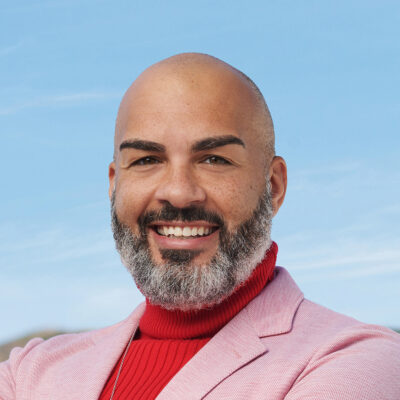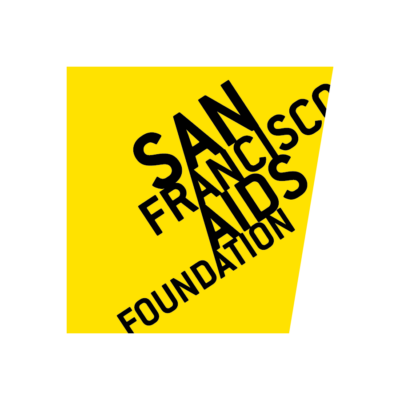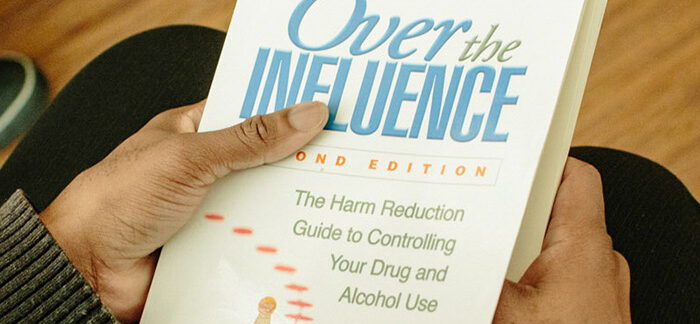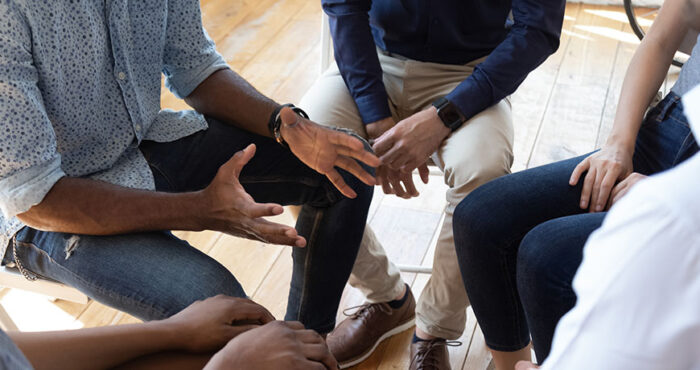Talking party & play with queer and trans people of color
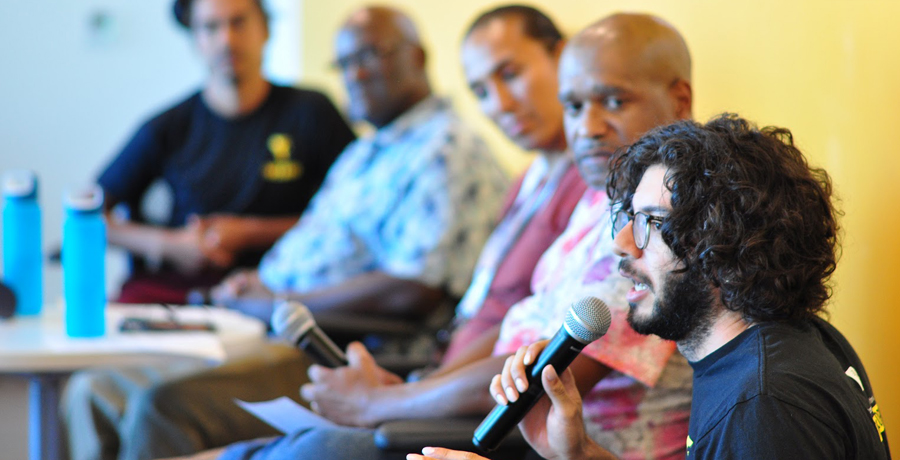
Last month, our substance use counselors at the Stonewall Project facilitated a party and play panel presentation and discussion for queer and trans people of color to talk openly about drugs, sex and harm reduction.
With a focus on adding depth and nuance to the conversations we have about substance use and sex, panelists tackled issues ranging from the power imbalances between people who use, to the pleasure of taking drugs before sex, to the systemic issues that influence use when housing or money come into play.
Alex Locust, MS , APCC, CRC, from the Stonewall Project shares some of the discussion from the event, and why it’s critical for San Francisco AIDS Foundation to facilitate conversations that bring our drug use out into the open.
Thanks for sharing your perspective, Alex. Can you tell us why it was important to address the intersection of substance use, sex and race at this event for queer and trans people of color?
Substance use can be very stigmatized for queer people of color, so these issues can be difficult to talk about. We wanted to create space to unpack the intersections of race as it relates to party and play, whether it’s about power imbalances, the ways that people can be taken advantage of, or the ways that we can feel empowered and have autonomy. It’s not that queer and trans people are at the mercy of the system. They have agency, and think deeply about the ways these issues come together in their own lives. But because of stigma, these issues can be difficult to openly discuss.
If your community is not welcoming or affirming, if people are homophobic, it can be difficult to own your sexual identity in a community of color. If you are gay or queer, and also getting high on meth and slamming, and having sex with different people every weekend, it can be difficult to not only talk about these issues but also to ask for help.
When it comes to asking for help, we often times hear that you have to hit some kind of “rock bottom” in order to make changes to drug use. How did you facilitate a conversation that stays away from these types of myths?
I find the narrative of hitting “rock bottom” to be really fraught, although you do hear it when people talk about substance use. But it’s just not the case that substance use follows this path where it starts out small, it builds and builds, and then it becomes this terrible problem that necessitates abstinence. That’s just not the reality for many people.
That’s why we have to acknowledge and talk about the fact that drugs feel good. People use drugs to escape, to feel good and to have great sex. Hearing people share that perspective and talk about ways they manage their use so that they are able to use in ways that work for them is refreshing and important.
How do you see people use harm reduction in their drug use?
As counselors, we hear every day how people use harm reduction to reduce and prevent harm to themselves. Harm reduction can include abstinence from drug use, but it can also include changes like transitioning from injecting to smoking, reducing how much you’re using or when you’re using, continuing to use one type of drug but quitting another drug, or other creative solutions to reduce harm.
Because drug use can oftentimes happen with sex, harm reduction can also include strategies that address both of those things. Maybe you start taking PrEP, or you start the night knowing who your sex partner is going to be.
How do counselors at the Stonewall Project help people think differently about drugs and drug use, and challenge any drug-related stigma?
It’s not about minimizing the risks of drug use or party and play. There are risks, and there can be harms. We just want to encourage bodily autonomy. Queer and trans people of color—and everyone—should be their own change agents.
Having events like these, and holding drop-in groups where we can have conversations about how we own our sexual identity, and how and why we use, are important. We’re able to talk through some of the assumptions about drug use. We like to find out, how are you doing? Are you having a good time with your substance use? There’s an assumption that people who are using meth are hurting the people around them. But we had panelists talk about how when they use, they aren’t out there stealing people’s stuff or hurting other people. They plan their use around special occasions and don’t use spontaneously. There’s a hunger in our community to have more candid conversations about these things.
Why is it important for San Francisco AIDS Foundation to tackle some of these issues related to substance use and harm reduction in communities of color?
With our new strategic plan, we are committing to racial justice and health justice. These issues and disparities are not going to resolve on their own. So unless we name the disparities, and adapt our programs and services, we will continue to leave people out.





